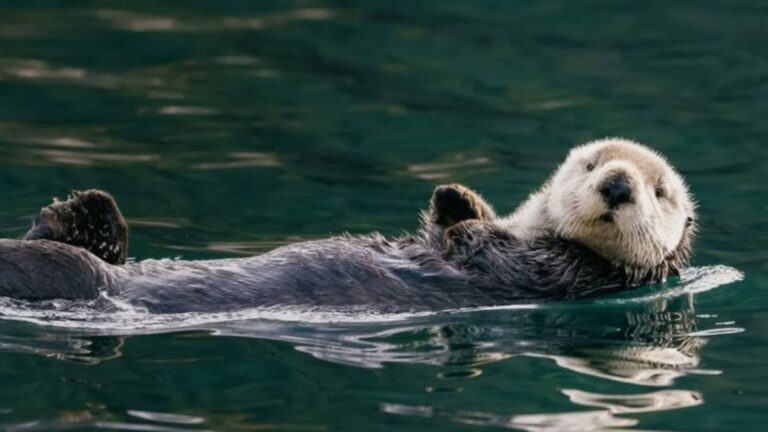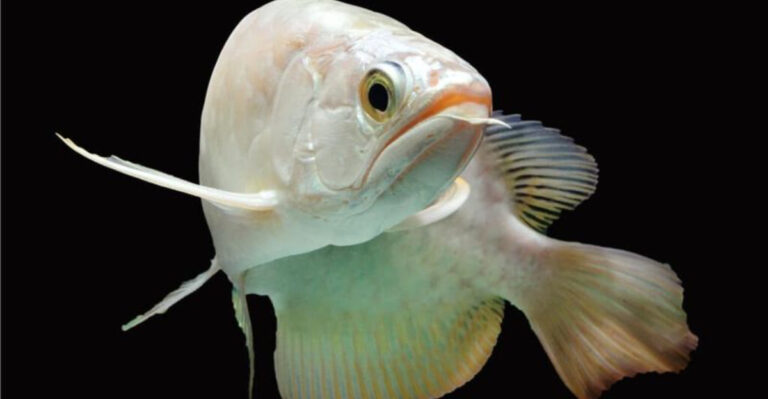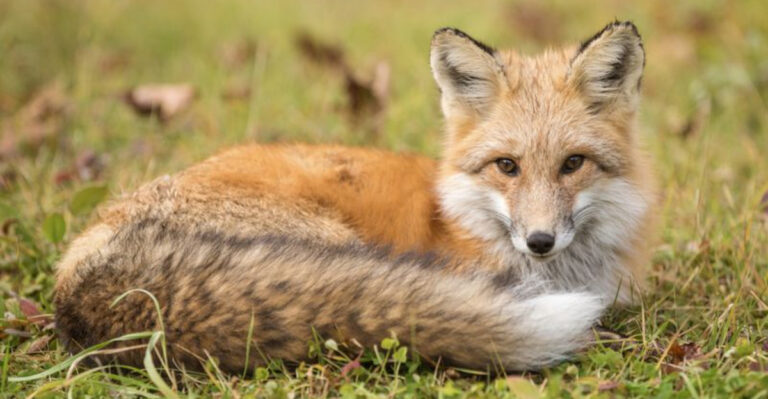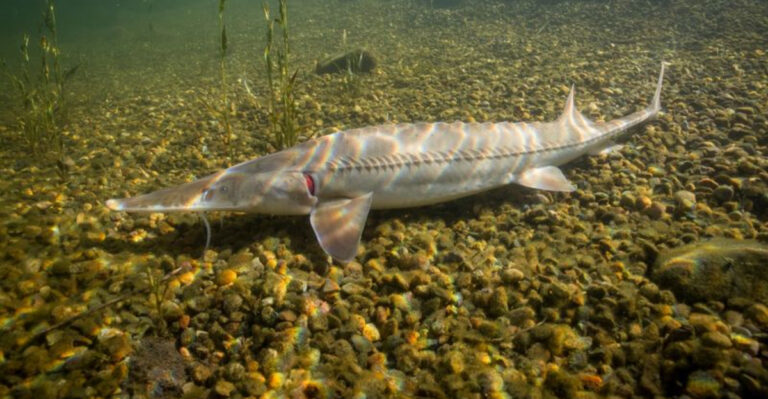10 Smallest Bird Species You Won’t Believe Exist
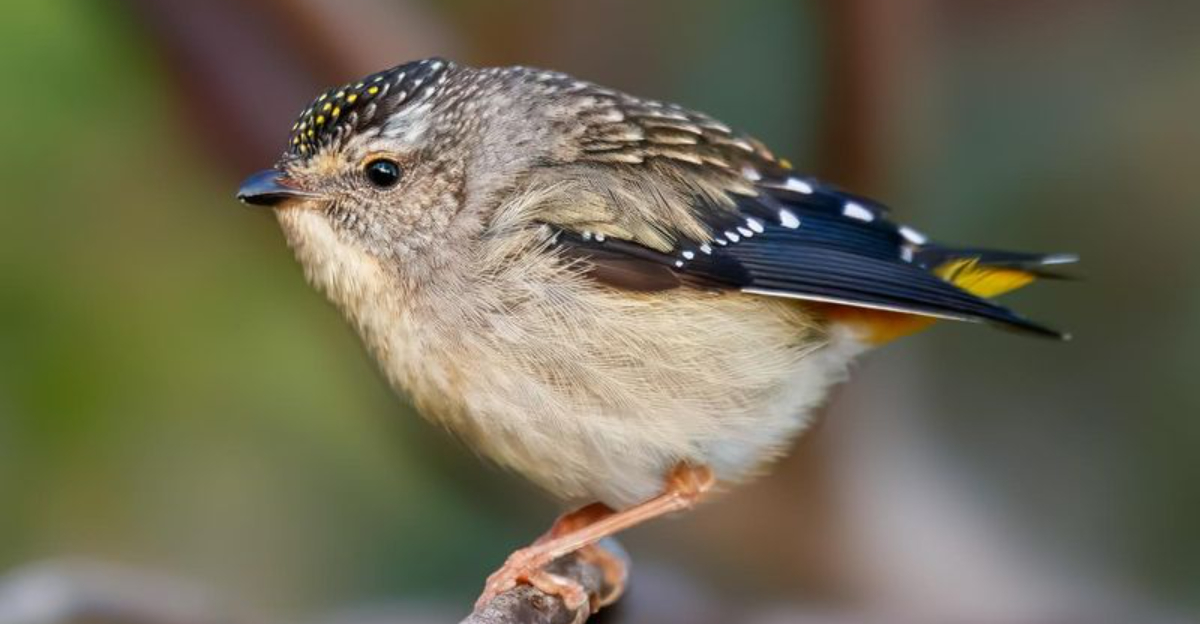
Birds are among the most fascinating creatures on Earth, and some of the smallest species are truly remarkable.
These tiny birds boast incredible adaptations that allow them to survive and thrive in various environments.
Here is a list of the smallest bird species that will astonish you with their size and charm. From vibrant plumage to unique behaviors, these birds capture the hearts of birdwatchers and nature enthusiasts alike.
1. Bee Hummingbird
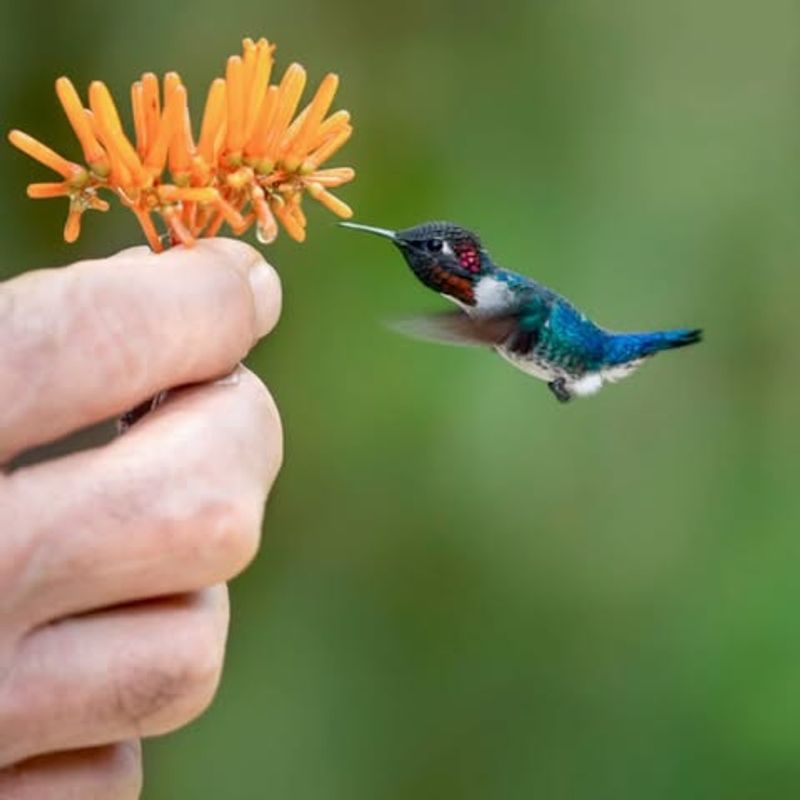
With a length of just 2 inches, the Bee Hummingbird is the smallest bird species in the world, native to the beautiful island of Cuba. This minuscule marvel flutters amongst flowers, beating its wings at an astonishing rate of up to 80 times per second.
Its iridescent feathers shimmer in the sunlight, turning it into a jewel-like blur as it darts from bloom to bloom. Despite its tiny size, the Bee Hummingbird plays a crucial role in pollination, visiting hundreds of flowers each day.
Its diet consists mainly of nectar, which provides the energy needed for its rapid movements. Occasionally, it will also consume small insects to meet its nutritional needs. These birds are solitary creatures, fiercely defending their feeding territories.
During mating season, the males perform dazzling aerial displays to attract females. Observing a Bee Hummingbird in action is a captivating experience, a testament to the wonders of nature.
2. Weebill
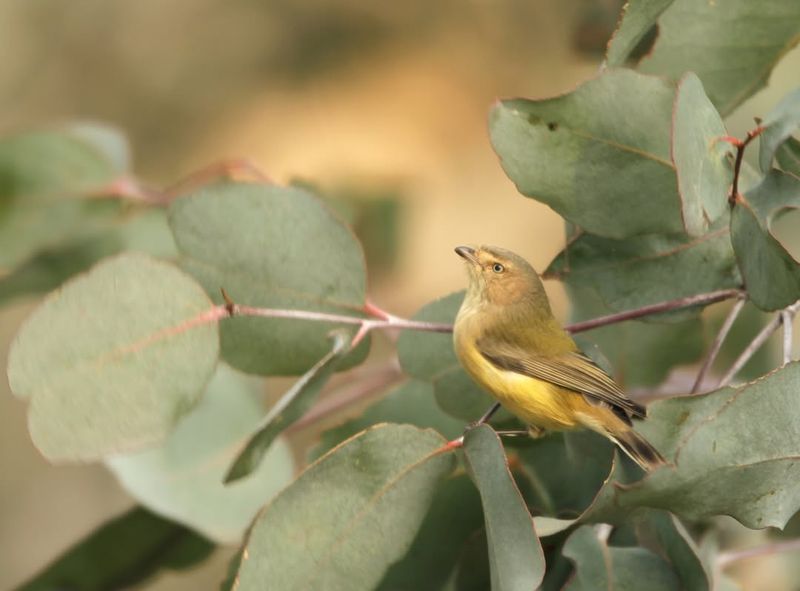
The Weebill, measuring around 3 inches in length, holds the title of Australia’s smallest bird. Found in eucalyptus forests, this bird is a true explorer, constantly on the move in search of insects.
Its yellowish plumage blends seamlessly with the foliage, providing excellent camouflage against predators. In addition to its insectivorous diet, the Weebill also feeds on small seeds, skillfully extracting them from various plants.
Its ability to adapt its diet ensures its survival in different habitats and seasons. These birds are often seen in small, active flocks, chattering as they forage.
During the breeding season, Weebills construct dome-shaped nests using spider webs and grass, hidden amongst the leaves. Their high-pitched calls are a common sound in their native habitats. Despite their diminutive size, Weebills are resilient and resourceful, thriving in the diverse landscapes of Australia.
3. Golden-Crowned Kinglet
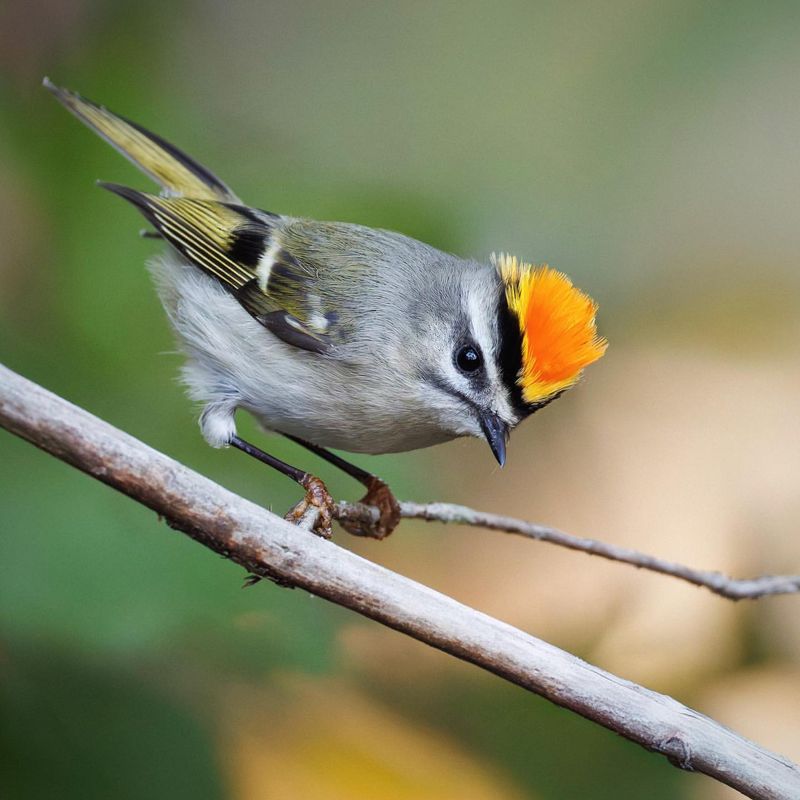
The Golden-crowned Kinglet is a small bird, measuring about 3.5 inches in length. Found across North America, this bird is easily identified by its distinctive yellow crown, bordered by black stripes. Its olive-green plumage provides excellent camouflage amongst the coniferous trees it inhabits.
These birds are highly active, constantly flitting through branches in search of insects and spiders. In winter, they form mixed-species flocks, enhancing their chances of finding food in harsh conditions. Their ability to survive cold temperatures is remarkable, thanks to their dense plumage and communal roosting behavior.
During breeding season, they build tiny nests high in the trees, skillfully woven from moss and lichens. The Golden-crowned Kinglet’s ability to thrive in diverse environments makes it a fascinating subject for bird enthusiasts and researchers alike.
4. Verdin
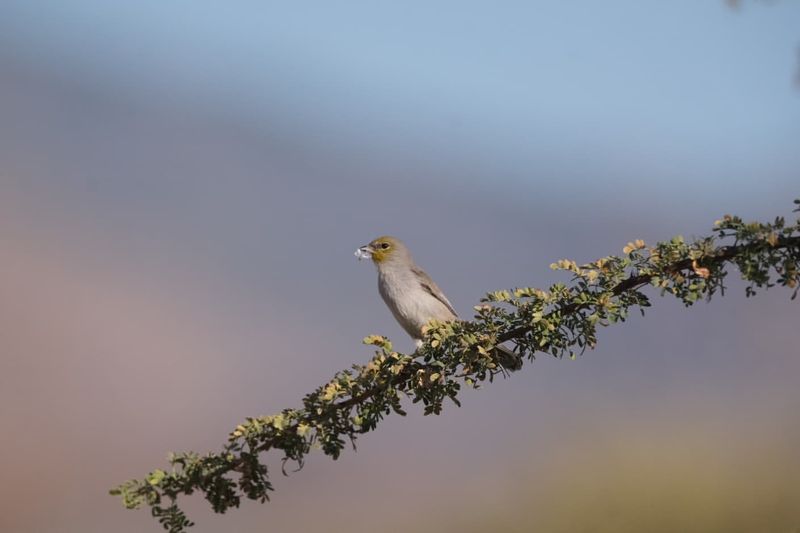
The Verdin, measuring about 4 inches in length, is a small bird native to the arid regions of the southwestern United States and northern Mexico.
Recognizable by its yellow face, this bird is a master of desert survival. It builds intricate nests, often spherical, made from twigs and lined with feathers to protect against extreme temperatures.
Feeding primarily on insects and spiders, Verdins also consume nectar and fruit, showcasing their dietary adaptability. They are often seen foraging alone or in pairs, vocally communicating with soft calls. Despite harsh conditions, Verdins thrive by utilizing shade and the sparse vegetation of their environment.
Their resilience and adaptability make them a fascinating example of life in challenging habitats. Observing a Verdin in its natural setting is a testament to the ingenuity of these tiny avian inhabitants.
5. Goldcrest
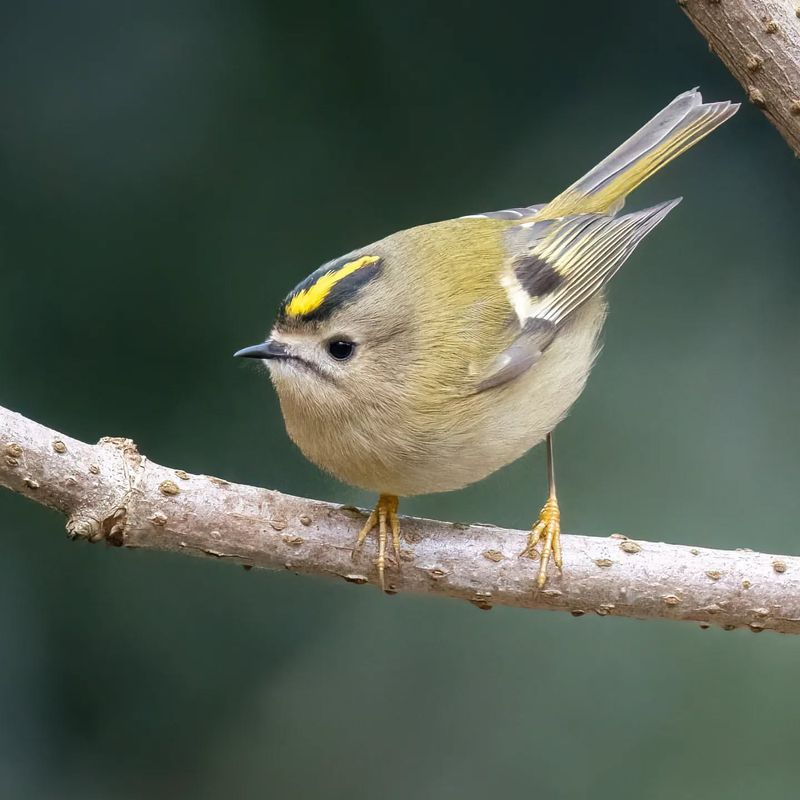
The Goldcrest is a tiny bird, measuring approximately 3.3 inches in length, and is Europe’s smallest bird species. Its bright orange crown stripe is a distinctive feature, making it easy to spot despite its small size.
Found throughout the continent, Goldcrests inhabit coniferous forests where they actively forage for small insects and spiders. These birds are known for their incredible energy, constantly moving through branches in search of food.
They are capable of enduring cold temperatures, thanks to their dense plumage and communal roosting habits during winter.
During the breeding season, Goldcrests build intricate nests, carefully constructed from moss, feathers, and cobwebs. Their cheerful, high-pitched songs add a delightful soundtrack to their forest habitats. The Goldcrest’s resilience and adaptability make it a favorite among birdwatchers and nature lovers.
6. Costa’s Hummingbird
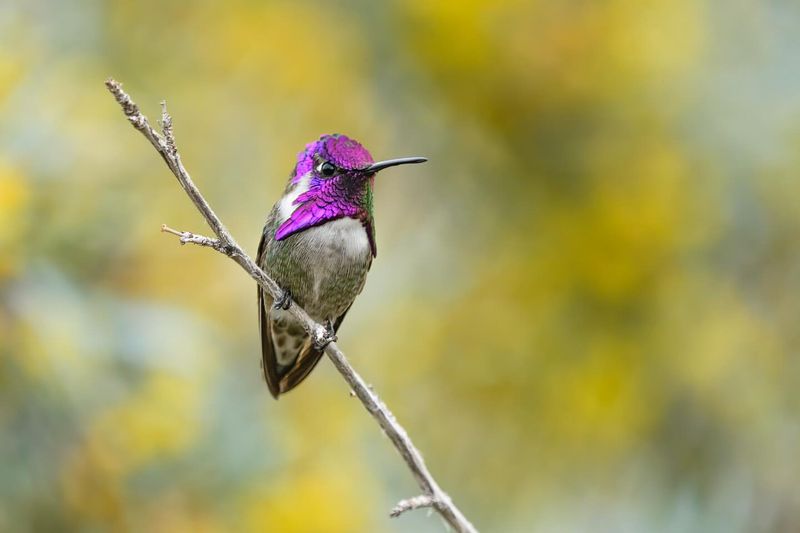
Costa’s Hummingbird, measuring between 3 to 3.5 inches, is a vibrant species native to the arid regions of the southwestern United States and Mexico. Known for their iridescent violet plumage and striking appearance, these birds are adept at surviving in desert climates.
They primarily feed on nectar from a variety of desert flowers, playing a vital role in pollination. Their diet is supplemented with small insects, providing essential proteins and nutrients. Costa’s Hummingbirds are solitary and territorial, often seen defending their feeding grounds from rivals.
During mating season, the males perform elaborate displays, characterized by high-speed dives and melodic calls to attract females.
Observing these small birds thrive in harsh conditions highlights their incredible adaptability and resilience. With their stunning appearance and dynamic behaviors, Costa’s Hummingbirds are a captivating subject for bird enthusiasts.
7. Firecrest
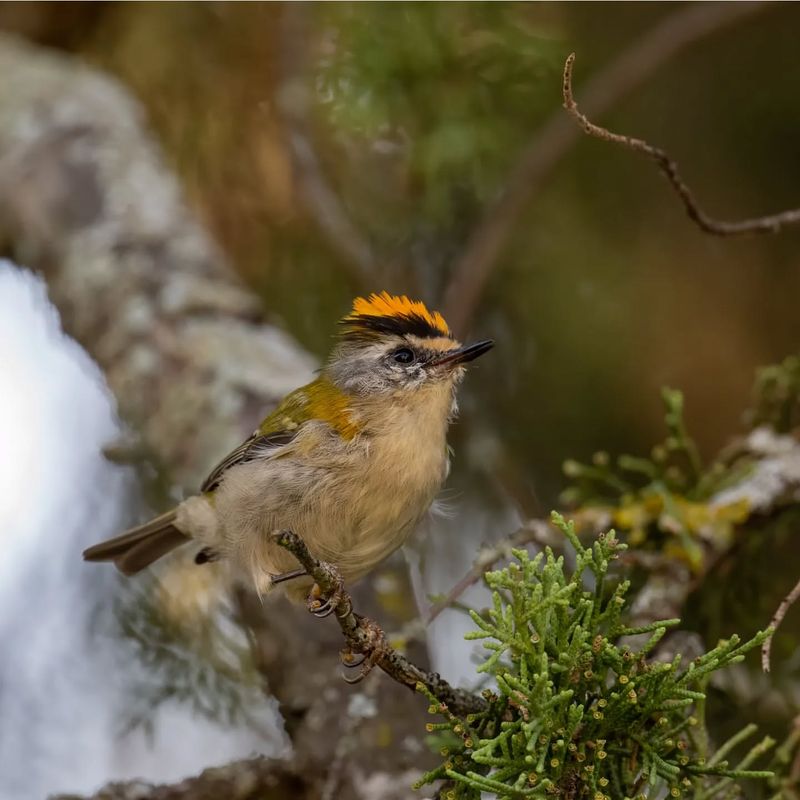
The Firecrest, measuring about 3.5 inches, is one of Europe’s smallest birds, recognized by its fiery orange crown stripe. This tiny bird is a bundle of energy, flitting through the dense foliage of forests in search of insects and spiders.
Its vibrant plumage and distinctive markings make it a joy to observe, especially during the breeding season when males display their colorful crowns to attract mates. Despite their small size, Firecrests have a remarkable ability to survive harsh winters by forming communal roosts.
These birds construct delicate nests from moss, spider webs, and feathers, carefully hidden in the underbrush. Their cheerful songs add a lively melody to their woodland homes. The Firecrest’s resilience and adaptability to various habitats make them a fascinating subject for birdwatchers.
8. Spotted Pardalote
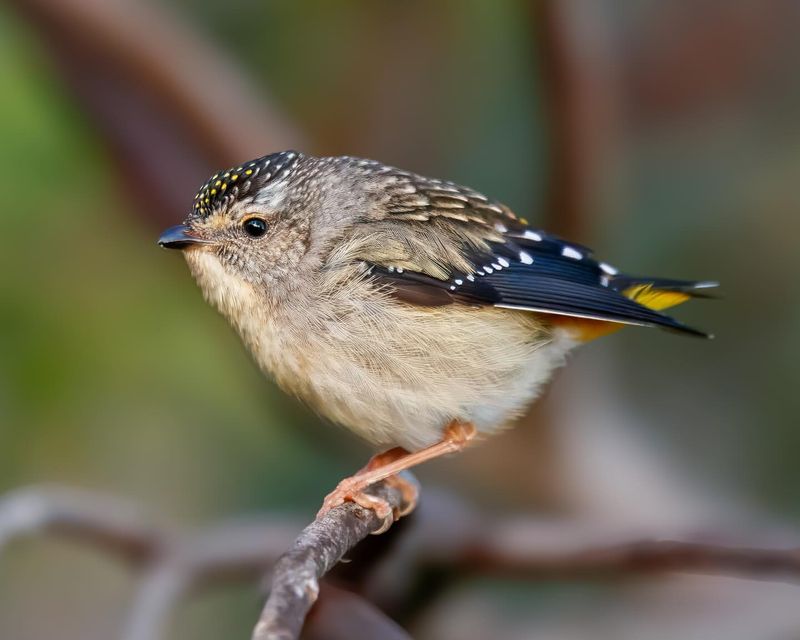
The Spotted Pardalote, measuring approximately 3.5 inches, is one of the smallest and most colorful birds in Australia. Its striking plumage, adorned with vibrant spots and streaks, is a visual delight as it darts among eucalyptus trees.
These birds feed primarily on lerp and manna, sugary substances produced by insects on eucalyptus leaves. By controlling insect populations, they play a vital ecological role in their habitats. Spotted Pardalotes are often seen foraging in pairs or small family groups, communicating with soft, musical calls.
Their nesting habits are unique; they dig burrows in sandy banks or soft earth to lay their eggs. These burrows provide protection from predators and harsh weather. The Spotted Pardalote’s colorful appearance and intricate behaviors make it a favorite among bird enthusiasts and photographers alike.
9. Pardalote
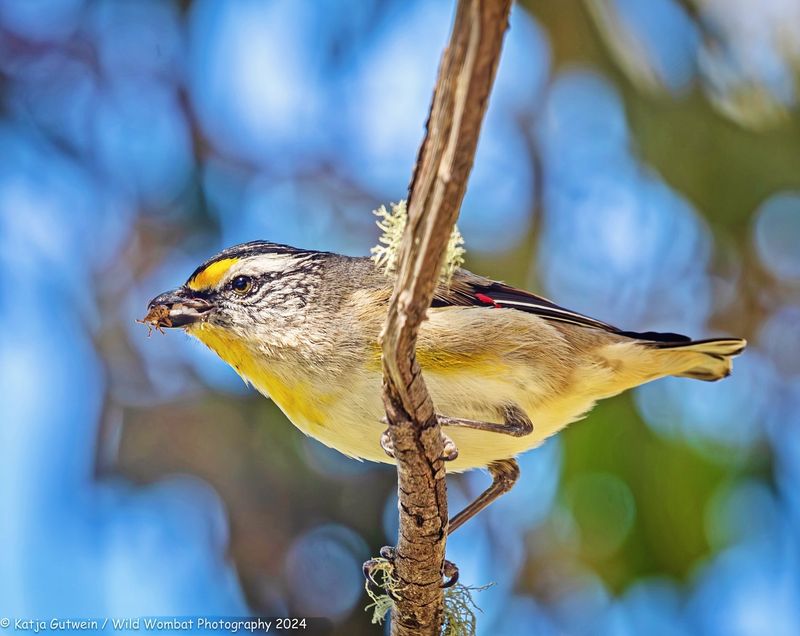
Pardalotes are tiny, measuring around 3.5 inches, and are found exclusively in Australia. Their vibrant, spotted plumage is a striking feature, making them a visual delight for birdwatchers. These birds inhabit eucalyptus forests, where they play a crucial role in controlling insect populations.
Feeding primarily on insects, Pardalotes are often seen flitting through the foliage, their presence signaled by soft, musical calls. They exhibit fascinating nesting behavior, digging burrows in sandy banks or soft earth to protect their young from predators.
Despite their small size, Pardalotes are resilient and adaptable, thriving in diverse environments across the continent. Their colorful appearance and unique behaviors make them a captivating subject for bird enthusiasts. Observing these birds in their natural habitat offers a glimpse into the intricate balance of Australia’s ecosystems.
10. Least Sandpiper
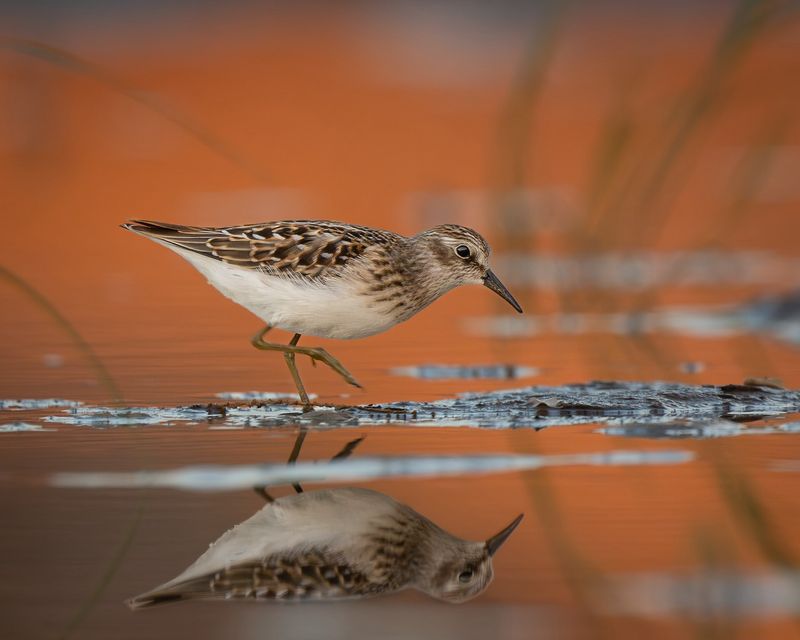
The Least Sandpiper, measuring around 5 to 6 inches, is the smallest shorebird in the world. With its brown and white plumage, it expertly blends into the muddy wetlands and coastal areas it frequents.
These birds are highly migratory, traveling vast distances between their breeding and wintering grounds. Their diet consists mainly of small invertebrates, which they deftly pick from the mud using their slender bills.
During migration, Least Sandpipers can be seen in large flocks, a testament to their adaptability and endurance. Breeding takes place in the northern tundra regions, where they build nests on the ground, camouflaged by the surrounding vegetation.
The Least Sandpiper’s remarkable migratory journeys and survival skills make it a fascinating study for ornithologists and bird lovers alike. Its presence in diverse habitats underscores its adaptability and resilience.

